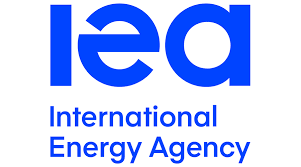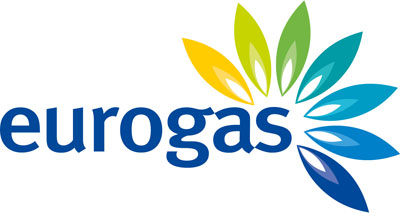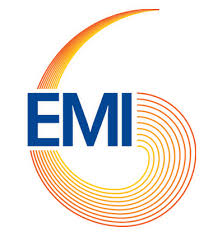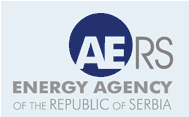In December 2008,as oil demand and prices slumped during the global financial crisis, the Organization of Petroleum Exporting Countries, announced a record output reduction. What was supposed to stabilize the market initially sowed more confusion as the group’s statement bundled together previously announced supply curbs and omitted a breakdown of how much each member would cut -- details of which leaked out days later.
While the deal did eventually halt the slide in prices, the Chicago Board Options Exchange Crude Oil Volatility Index,a common measure of market turbulence,stayed near a record over the following two months amid doubts that OPEC members would comply with their new targets.
"OPEC meetings can be messy, and the outcomes can also be messy,” said Mike Wittner, global head of oil research at Societe Generale SA. "If there is a deal, the question for the markets will be whether it is a strong deal or a weak deal, and this will be determined by the level of detail announced by OPEC.”
In the two-month run-up to this week’s meeting in Vienna, oil has swung between $44 and $53 a barrel amid investor skepticism that OPEC can deliver on its Sept. 28 pledge in Algiers to cut output to the 32.5 million to 33 million barrels a day.A deal founded on a group target would see crude trade around $45 a barrel, preceded by some price volatility, according to Thomas Pugh, acommodities economist at Capital Economics. He assigns a 60 percent probability to that outcome.
Technical Committee
A technical committee of OPEC delegates last week sent a proposal to the organization’s oil ministers, recommending that most members cut output by 4 to 5 percent from the October level estimated by independent sources. Yet, it was unclear whether Iraq and Iran -- OPEC’s second and third-largest producers -- accepted such reductions and what level they would be asked to cut from, forcing the committee to tackle the issue again on Monday.
With Iran and Iraq proving difficult to persuade, OPEC "may have to opt for an opaque statement about burden sharing in order to get an agreement inked,” Helima Croft, head of commodity strategy at RBC Capital Markets, said by e-mail.
Iraq has argued it should be exempted from cuts as it’s fighting Islamic State militants. Its position softened last week after Prime Minister Haider Al-Abadi said his country would share the burden of cutting production along with the rest of OPEC.
Clear Quotas
OPEC’s crude production was 33.64 million barrels a day in October, according to its independent estimates. That means the group would need to cut by 640,000 to 1.1 million barrels a day to comply with the Algiers target range.
Most analysts expect OPEC to sign an accord to reduce output, but only seven out of 20 expect it to specify how much each member should cut, complicating the task of investors assessing the impact on markets.
An OPEC deal with clear quotas would boost prices to $55 a barrel, said Pughof Capital Economics, with investors switching their focus to the issue of compliance. He assigns that outcome a 25 percent probability, while seeing a 15 percent chance of there being no deal at all, a scenario that would trigger a crash in prices to below $40.
OPEC’s output cut on Dec. 17, 2008,following a slump in prices from a record $147.27 a barrel five months earlier, didn’t initially convince the market. Priceson the New York Mercantile Exchange dropped a further $9 over the three days following the deal, before rebounding to almost $50 a barrel early in 2009. Two months later, crude was still trading below pre-OPEC meeting levels and only made a sustained break above $50 in May.
"The messaging is going to be a huge challenge,” said Croft of RBC Capital Markets. "A statement that is super short on details about the allocation of the cut could be dismissed as a non-event despite key members -- such as the Saudis and the Gulf Countries -- being committed to making the math work.”
(Bloomberg, November 28, 2016)

 by Angelina Rascouet and Grant Smith
by Angelina Rascouet and Grant Smith



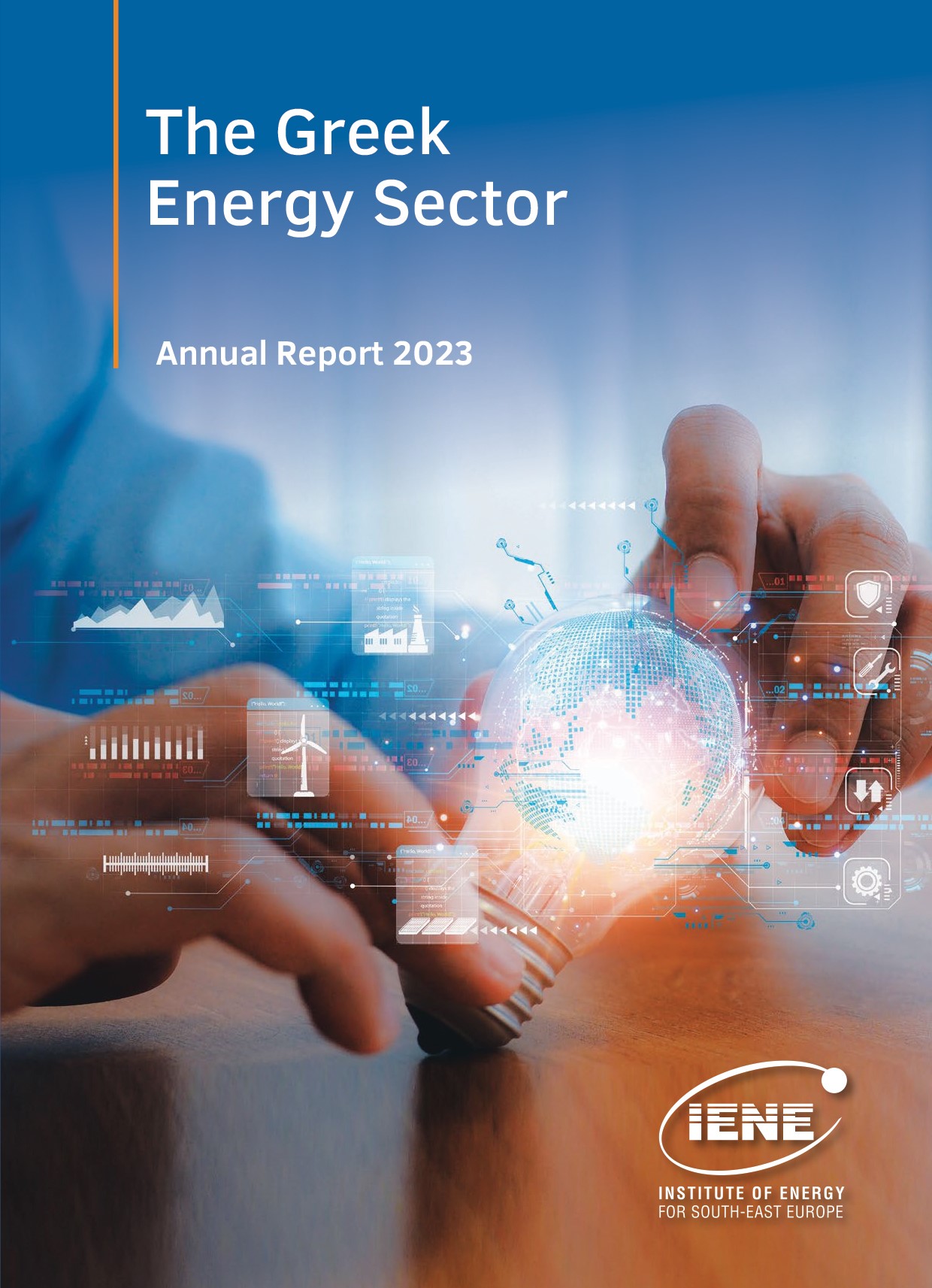

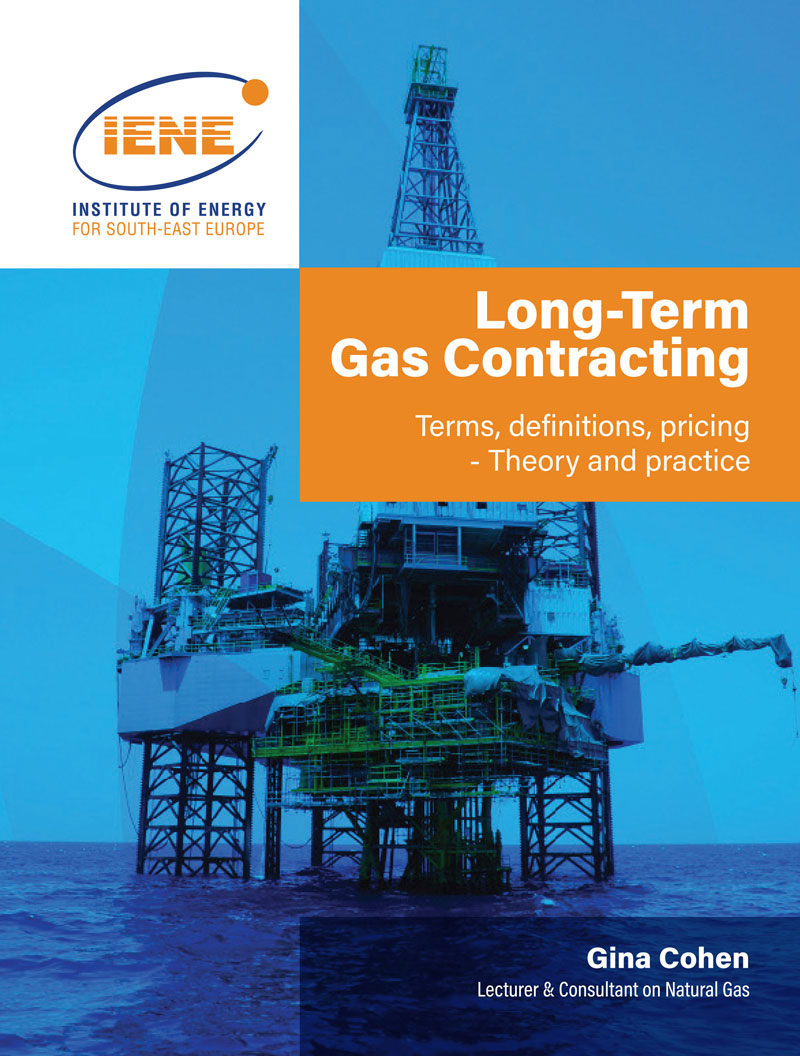 More
More
